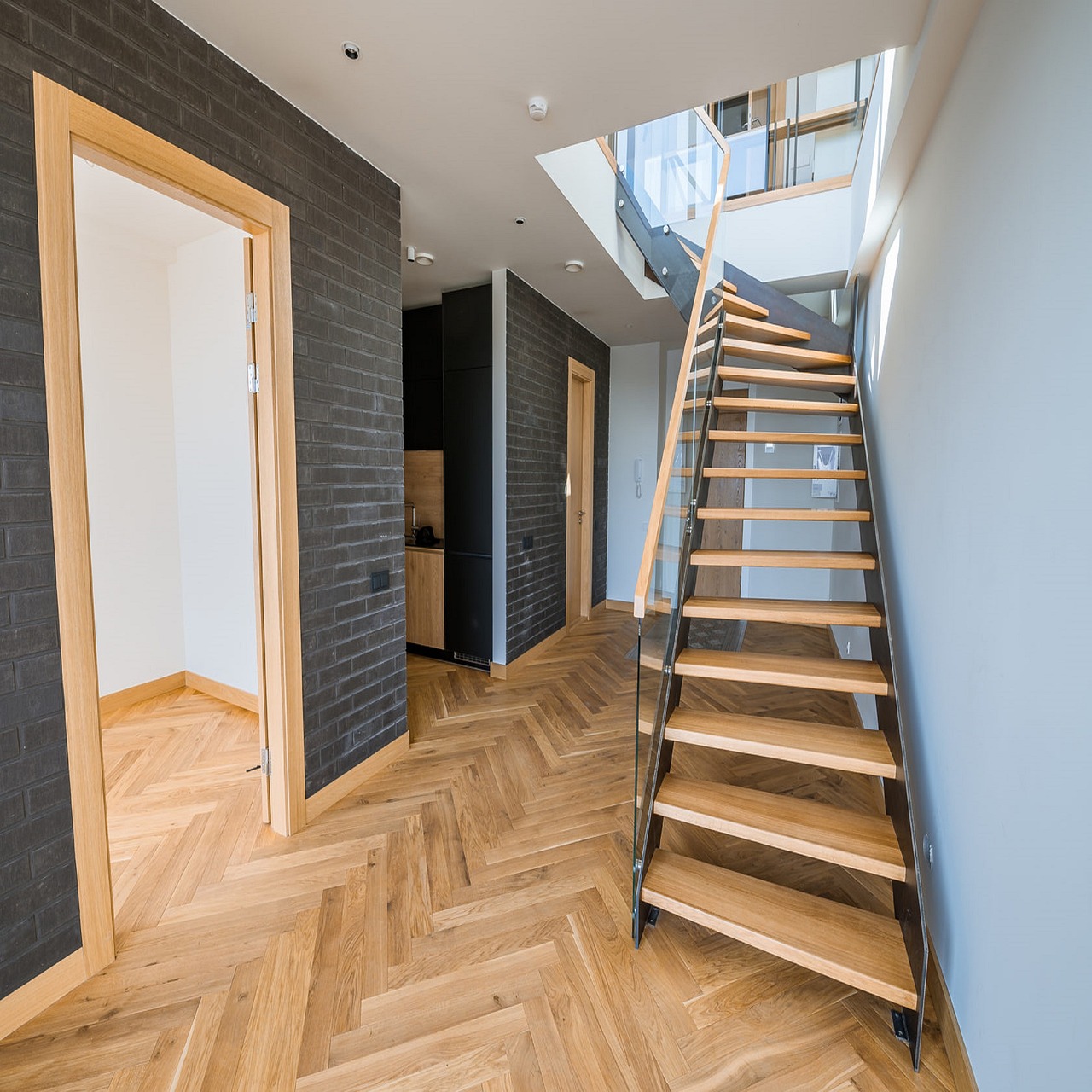
Wood flooring remains one of the most
sought-after home improvements, yet many homeowners struggle with choosing between the various types of wood flooring and installation methods. From traditional nail-down hardwood to modern click-lock systems, each installation approach comes with its own set of requirements and considerations.
Whether you're planning to tackle the project yourself or hire a hardwood flooring installation service in Toronto, understanding the fundamentals of different installation methods is crucial for achieving lasting results. This comprehensive guide walks you through everything you need to know about wood flooring installation, from material selection to execution techniques.
In this guide, we'll explore the essential aspects of wood flooring installation, including preparation steps, traditional and modern installation methods, and key factors to consider when choosing between professional installation and DIY approaches.
Understanding Wood Flooring Types and Installation Requirements
The foundation of successful wood flooring installation lies in understanding the distinct characteristics of different wood flooring materials and their specific installation requirements. Let's explore the key specifications and considerations that influence installation success.
Solid hardwood vs engineered wood specifications
The fundamental difference between these two types of wood flooring lies in their construction and installation versatility. While solid hardwood consists of a single piece of wood, engineered hardwood features a plywood core with a hardwood veneer top layer. Here's how they compare:
Impact of wood species on installation choices
The choice of wood species significantly influences installation decisions. Oak, maple, and walnut each present unique characteristics that affect installation methods. The Janka Hardness Scale determines a wood's resistance to dents and wear, directly impacting installation requirements. For instance, exotic hardwoods typically require nail-down installation with cleats rather than staples, while softer species may need additional underlayment protection.
Subfloor compatibility considerations
Proper subfloor preparation is crucial for successful installation. Different subfloor types require specific approaches:

































